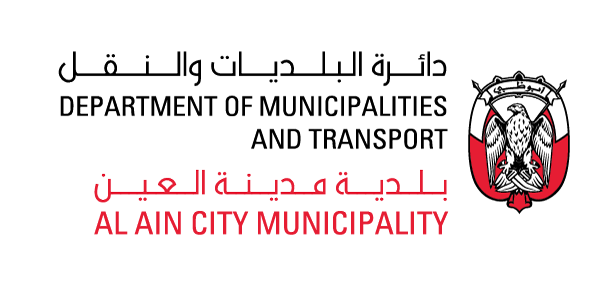Engineering and Environmental Geophysics have become an important basic tool in understanding the subsurface conditions; and when used in the correct way and in the right place it can give much needed and essential information for the designers. Understanding the importance of Engineering Geophysics has widely grown in the late decencies.
The geophysical techniques have successfully been used in the engineering projects to solve many engineering problems; for example: locating cavities, tunnels and subsurface voids, determining the thickness of the soil layers and the soil variation, locating faults and fractures, soil moisture, and many other similar problems.
The geophysical methods are characterized as noninvasive and non-destructive and can quickly locate ground engineering problem without having to place any drilling points or change the site conditions. There are different and various geophysical methods which are commercially available that can always offer at least one standard method for certain problems.
It has been scientifically proven that Engineering Geophysics is capable of giving the solutions when studying the subsurface structures, and the use of different methods is essential to obtain a 3D model of the subsurface structures.
When to use Geophysics?
Geophysics is best used at an early stage of site assessment programs, not as a last resort when all else has failed. At the beginning of a project, a well-designed geophysical investigation can provide the necessary information to locate unexpected hazards and make a wise selection of boring and sampling locations. Geophysics is not a substitute for drilling at most sites, but it can significantly reduce the number of holes that need to be drilled and optimize the information that these holes will provide.
Drillings provide detailed descriptions of the conditions on a small scale. Geophysics does not provide this detail, but it provides the coverage between holes to show major correlations and to show if the boring is giving information that can be interpreted over a large area or is only of very local significance. In some cases geophysics may be appropriate again after drilling to trace unexpected zones between holes or to detail zones whose significance was not recognized before drilling. Geophysics and drilling are complementary: borings provide ground truth for geophysical surveys; geophysics provides connections between the single point information given by boreholes.

